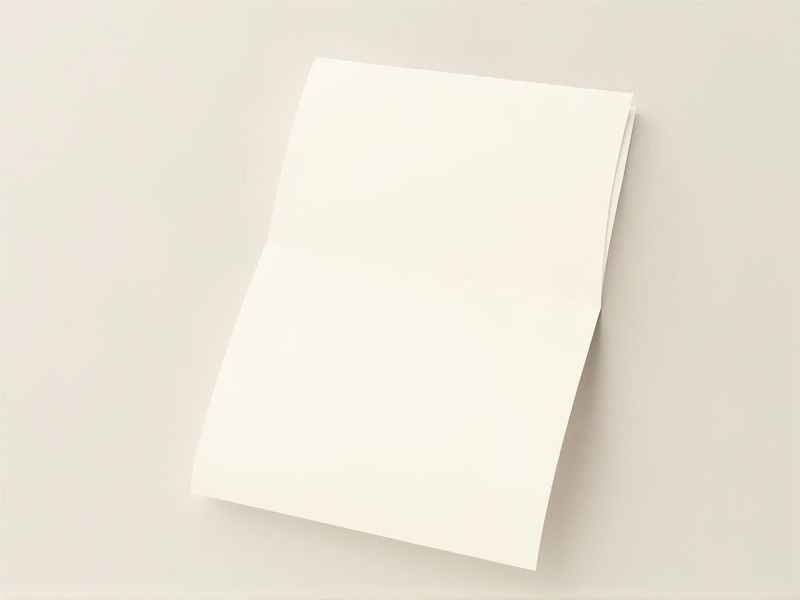
A formal letter format is essential for clear and professional communication in business and official matters. It typically includes key elements such as the sender's address, date, recipient's address, a proper salutation, body paragraphs, a formal closing, and the sender's signature. Using a structured format ensures your message is easily understood and respected by the recipient. Whether you are writing a job application, complaint, or inquiry, following the correct formal letter format makes a strong impression. To help you get started, check out the various formal letter templates available in this article.
Samples of letter format formal
Formal Letter Format Template For Business
Professional Letter Template For Job Applications
Standard Letter Format Template For Official Use
Business Letter Format Template For Communication
Formal Letter Writing Template For Requests
Log Letter Format Template For Complaints
Cover Letter Format Template For Resumes
Resignation Letter Format Template For Employment
Introductory Letter Format Template For Networking
Official Letter Format Template For Inquiries
Reference Letter Format Template For Recommendations
Event Invitation Letter Format Template For Gatherings
Notification Letter Format Template For Announcements
Thank-You Letter Format Template For Appreciation
Partnership Proposal Letter Format Template For Collaboration
Acceptance Letter Format Template For Offers
Denial Letter Format Template For Applications
Amendment Letter Format Template For Agreements
Termination Letter Format Template For Contracts
Follow-Up Letter Format Template For Meetings
Important Things to Know when Writing Letter Format Formal
Use A Professional Header With Sender And Recipient Information
A professional header is crucial in a formal letter, as it establishes the identity of both the sender and the recipient. Typically, the header includes the sender's name, address, phone number, and email, followed by the date and the recipient's name and address. This organization not only enhances the letter's professionalism but also makes it easier for the recipient to identify the sender. You should ensure that all information is clearly presented to maintain a polished appearance.
Include A Formal Greeting And Salutation
A formal letter format typically begins with a formal greeting, which sets the tone for the correspondence. It's essential to address the recipient using their correct title, such as "Mr.", "Ms.", or "Dr.", followed by their last name, ensuring respect and professionalism. The salutation, which directly follows the greeting, serves as a courteous way to introduce the letter, often beginning with "Dear." This structured approach reflects your attention to detail and respect for the recipient, enhancing the overall effectiveness of your communication.
Maintain A Clear And Concise Body Structure
Maintaining a clear and concise body structure is crucial in a formal letter format. Each paragraph should serve a specific purpose, presenting information or arguments in a logical flow. Avoid excessive jargon and ensure that every sentence adds value, making it easy for the reader to follow your message. A well-organized body enhances the professionalism of your letter, making a positive impression on the recipient.
Use Polite And Respectful Language Throughout
Using polite and respectful language is crucial in a formal letter format, as it sets the tone for your communication and reflects your professionalism. Begin your letter with a courteous salutation, addressing the recipient appropriately based on their title or position. Throughout the body of the letter, maintain a respectful and positive demeanor, ensuring that your requests or statements are framed in a considerate manner. Ending with a polite closing reinforces your respect for the recipient, leaving a good impression and fostering goodwill.
End With A Formal Closing And Signature Block
A formal letter format typically concludes with a courteous closing statement, such as "Sincerely" or "Best regards," which sets a respectful tone. Following this closing, include a signature block that contains your name, title, and any relevant contact information. This signature block serves to authenticate the letter and provides the recipient with easy access to reach you for further communication. Remember, the format and content reflect your professionalism, so attention to detail is essential.
